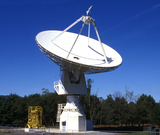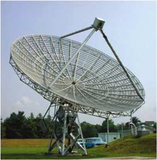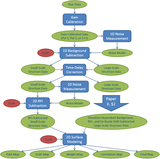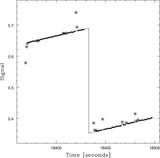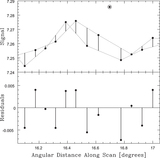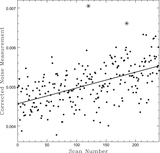Image Details
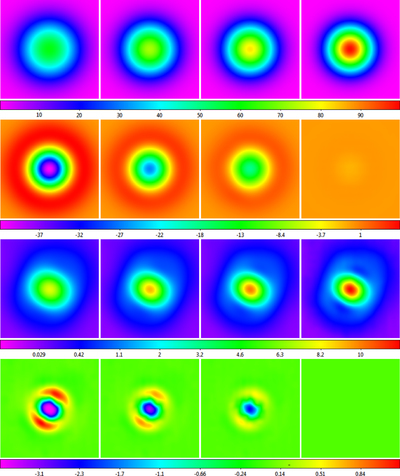
Caption: Figure 3.
First row: simulation of a point source sampled with a Gaussian beam pattern on a 1/5 beamwidth grid, recovered using, from left to right: 1 beamwidth weighted averaging, 2/3 beamwidth weighted averaging, 1/2 beamwidth weighted averaging, and weighted modeling, as described in Section 3.7. Second row: residual error associated with each of these techniques. Third row: Cassiopeia A observed with one of the 20 m’s L-band linear polarization channels using a 1/5 beamwidth raster and recovered using the above techniques. Weighted averaging fails to recover the telescope’s beam pattern, which is structured. Fourth row: difference between each of these techniques and weighted modeling. Square-root and squared scalings are used in the third and fourth rows, respectively, to emphasize fainter beam structure (units are dimensionless, with one corresponding to the noise diode; see Section 3.1.)
Copyright and Terms & Conditions
© 2019. The American Astronomical Society. All rights reserved.


